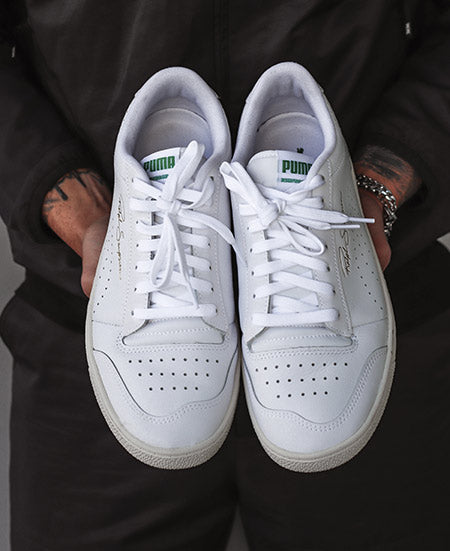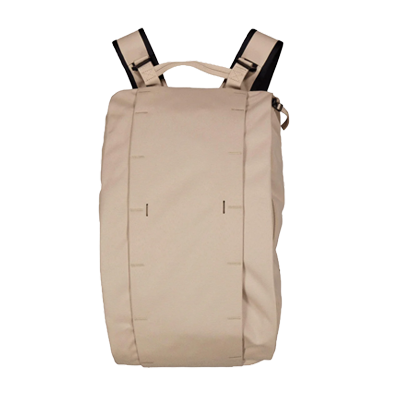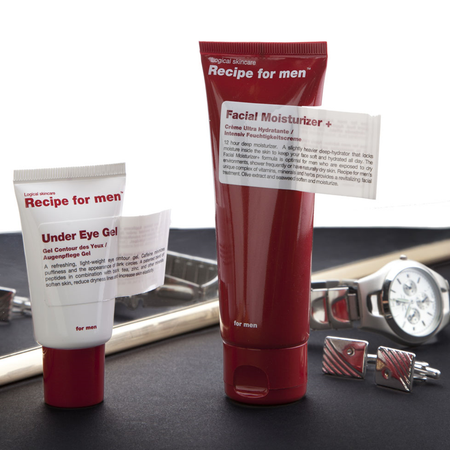Which wrist should you wear your watch on? A men's style guide
The traditional rule: Wear your watch on your non-dominant wrist
Conventionally, the "correct" wrist to wear a watch on for men has been the non-dominant wrist. So if you're right-handed, you would wear your watch on the left wrist. The reasoning behind this tradition is primarily practical:
- It prevents the watch from getting in the way or being damaged during activities that mainly use the dominant hand
- The watch crown (used to adjust the time) is on the right side of the watch face, making it easier to adjust with your dominant hand
- Wearing it on the non-dominant wrist keeps the watch face more visible when you're using your dominant hand
This traditional rule still holds true for many men today, especially those who frequently wear a watch and want to keep it out of harm's way. But as we'll explore, it's not the only option.
The modern trend: Wear your watch on the wrist that feels right for you
In recent years, more and more men have been bucking tradition and wearing their watch on whichever wrist feels most natural or comfortable. Some reasons you might choose to wear a watch on your dominant wrist:
- You simply prefer the look or feel of the watch on that wrist
- The weight of the watch balances out other accessories you wear on the opposite wrist
- You find it easier to check the time discreetly during meetings or social situations
Ultimately, there's no right or wrong answer when it comes to which wrist to wear your watch on. It comes down to personal preference and what works best for your lifestyle and sense of style.
Style considerations for wearing a watch
No matter which wrist you choose to wear your watch on, there are a few style tips to keep in mind:
- Make sure the watch fits properly on your wrist, with the face sitting flat and the band comfortably snug
- Consider the proportions of the watch compared to your wrist size - a watch that's too large or small can throw off your look
- Match the watch style to the occasion, with dressier watches for formal events and casual or sporty watches for everyday wear
- Coordinate the watch with your other accessories, like rings, bracelets, or cufflinks
Mixing it up: Alternating wrists for different watches or occasions
Some watch aficionados alternate which wrist they wear their watch on depending on the specific timepiece or the situation. For example:
- Wearing a dressier watch on the dominant wrist for a formal event, and a casual watch on the non-dominant wrist for weekend wear
- Switching wrists to accommodate other accessories, like a bracelet that would clash with a particular watch
- Giving each wrist a break from the weight and pressure of a watch band, especially if you wear a watch daily
Experimenting with different wrist placements can add some variety to your look and help you find the most comfortable and stylish way to rock a watch.
The bottom line on men's watch wearing
At the end of the day, the most important thing is to wear your watch in a way that makes you feel confident and comfortable. Whether you're a strict traditionalist or a trendsetting rebel, rock your watch on the wrist that works for you. And don't be afraid to switch things up and try wearing your watch on the opposite wrist - you might just discover a whole new style perspective.





















